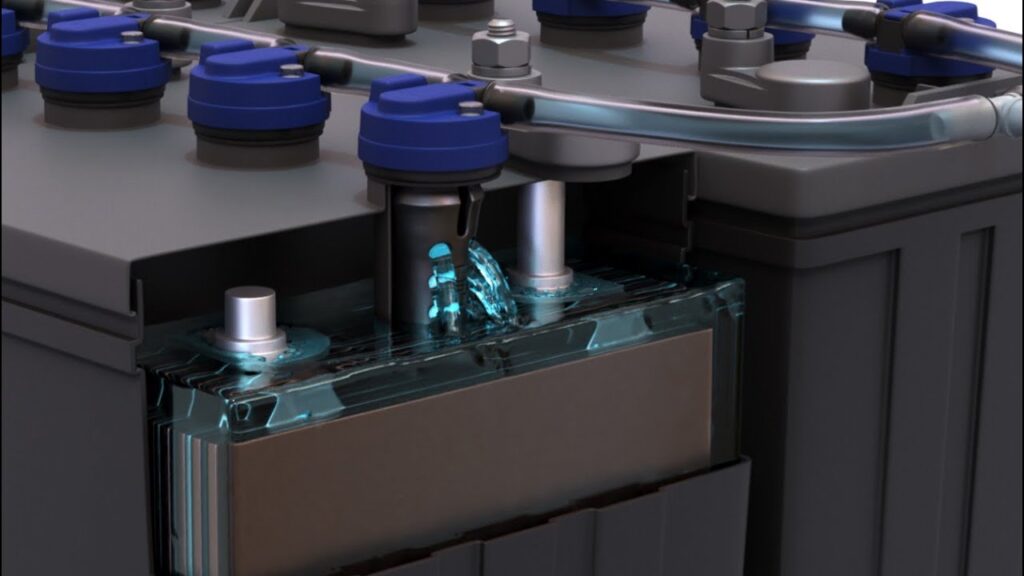Water batteries, particularly pumped hydro storage systems, are mainly used in regions with suitable geography and water resources.
- Mountainous Regions: Pumped hydro storage systems are often built in mountainous areas where there are natural elevation differences between two reservoirs. This allows for the efficient storage of potential energy by pumping water uphill during times of low demand and releasing it downhill to generate electricity when demand is high.
- Hydropower Facilities: Many existing hydropower facilities can be retrofitted to include pumped hydro storage components, enhancing their capabilities for energy storage. These facilities leverage existing dam infrastructure and reservoirs to implement pumped hydro storage.
- Coastal Areas: Compressed Air Energy Storage (CAES) systems, which can be considered a form of water battery due to their use of water-filled underground caverns or aquifers, are often located in coastal areas where suitable geological formations exist for underground storage.
- Renewable Energy Integration: Water batteries are also used in regions with significant renewable energy generation, such as wind or solar power, to help stabilize the grid and balance fluctuations in supply and demand. They provide a means of storing excess renewable energy during times of high generation and releasing it when needed.
Overall, water batteries are most commonly found in regions where the natural geography and resources support their implementation, as well as in areas where there is a need for grid stability and energy storage to support renewable energy integration.


